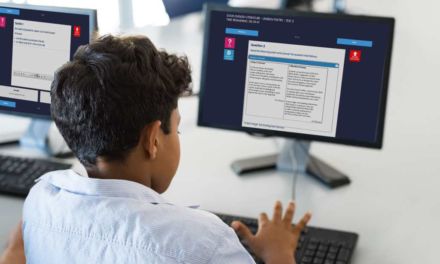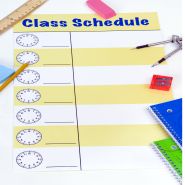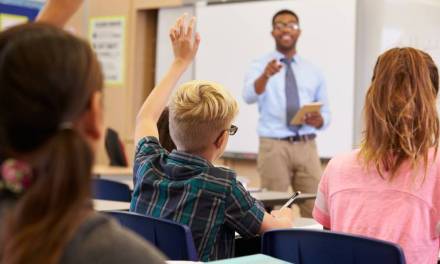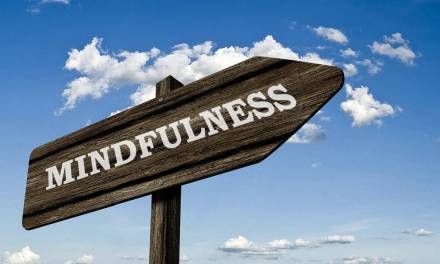Social learning is a big trend within education. For any students using Twitter, Pinterest or Facebook as part of projects and research work, they are already participating in this area of teaching.
Many teachers may be unaware of the underpinning basics of what social learning is and how it can best be utilised in lesson time.
What is social learning?
Broadly speaking, social learning is where learning is achieved through using devices such as tablets or any other mobile device to interact with other pupils. It can be as straight forward as communication with those in the same classroom such as the use of tweets and instant messaging, but this interactive tool has now expanded to enhancing learning through the collaboration with external pupils – often on a global scale. This takes place through platforms such as Twitter or Facebook; anywhere really an online space can be created where pupils can learn from each other. The only definite and absolute requirement for social learning to take place is that the space is accessible from anywhere and at any time.
Pupils started to use social learning before the term was even coined. As soon as tablets became widespread in the classroom, pupils reportedly started to use their emails, social media sites and forums to ask questions and share their own knowledge.
Social learning within education
Social learning isn’t just about using social networks. It’s about how these platforms can be used to gain knowledge and to understand how they change their significance as a learning tool over time. Pupils need to be taught why social media is a useful collaborative tool; focus should include mobility, engagement and flexibility and not just what these terms mean but examples of them being used in a proactive learning context.
One aspect to spend some time investigating is how overwhelming information can quickly become and how this can be tackled to be able to move forward with engaging through this digital communications environment. Twitter for example means that following a person provides information and knowledge directly to pupils through tweets which are published. The information finds the learner – there’s no need to search for it. This is a definitive move away from traditional research methods and with so much information and data presented on a daily basis, it’s very easy for not only pupils but teachers to become bogged down with chunks of information which may or may not be of use.
Tools for Teachers
The statistics that social learning works is shown through studies which have been carried out. Peer review in particular is seen as a way of enhancing knowledge and with 82% of those interviewed commenting that peer review helps their own writing skills, 92% saying that reviewing the work of peers generally benefitted their own education experience and 76% agreeing that peer review helped with their revision work, if not already an integrated part of classroom teaching, there is a need for it to be embedded as soon as possible.
Teachers will need to train pupils how they can use social networks to find and consume knowledge and how to share – as well as the benefits of sharing.
A great tool to use as a first step is a hosted online learning environment. It should be able to offer online security, safety and privacy but at the same time welcome and encourage open collaboration.
Sites which offer blogging opportunities and discussion forums are useful to encourage creativity, questioning of knowledge gained and self-reflection. Those which allow the teacher to extend a discussion from the classroom onto an online community which is private other than other learners and teachers to be able to make a contribution are excellent for collaborative classroom extension activity learning.
The future of e-learning is social learning and as more of the world comes online, there is a need to develop platforms to help pupils achieve their education goals.









